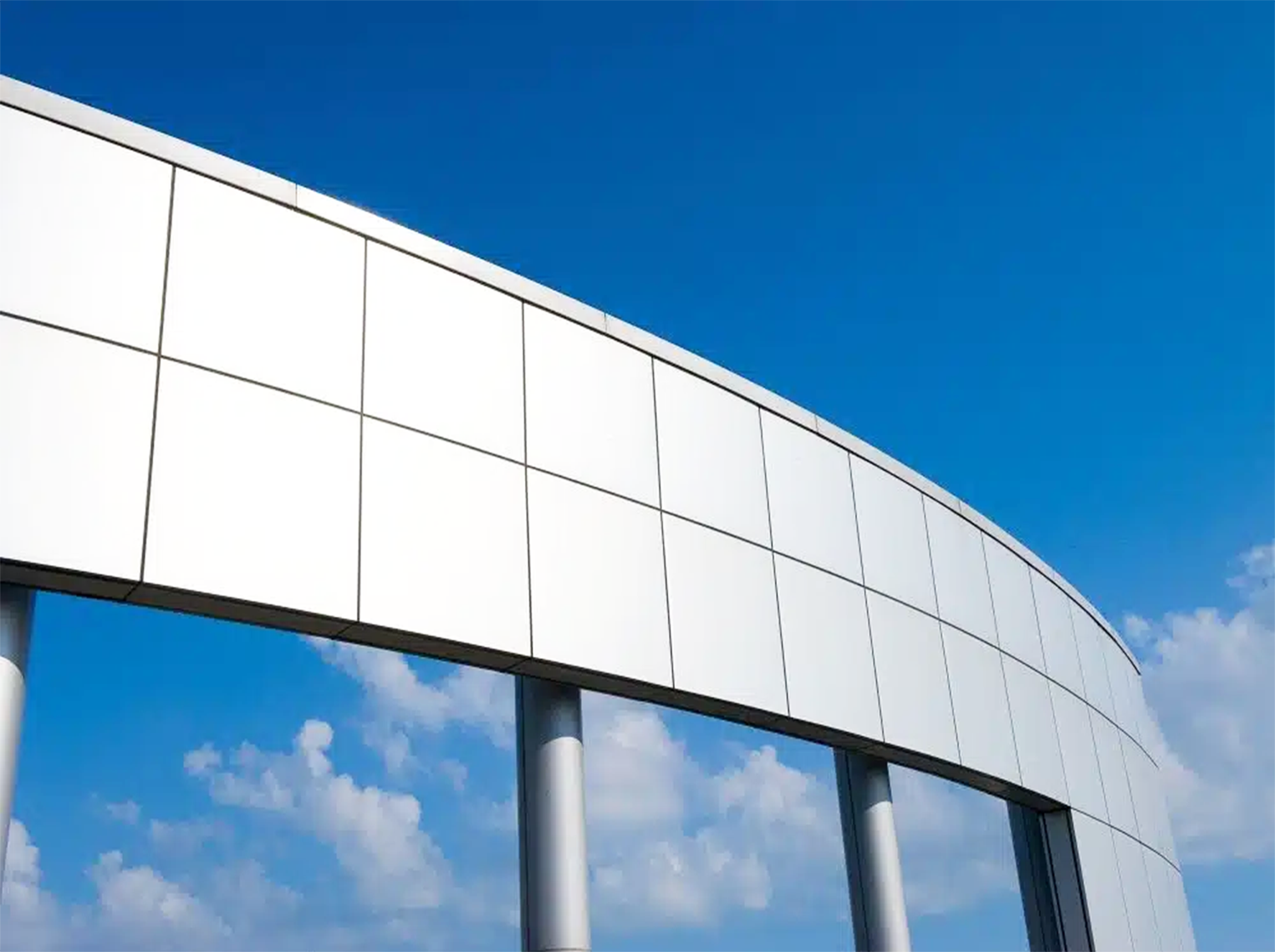Aluminum, a metal renowned for its lightweight nature and versatility, is often associated with its applications in aerospace, automotive, and construction industries. While its strength-to-weight ratio and corrosion resistance are well-documented, another remarkable aspect of aluminum is its heat resistance, which is often underestimated or overlooked. In recent years, advancements in aluminum alloys and manufacturing techniques have further enhanced its ability to withstand high temperatures, expanding its utility in diverse industrial and technological domains.
Understanding Aluminum's Heat Resistance
Aluminum's ability to resist heat stems from several inherent properties and can be further optimized through alloying and processing methods:
Melting Point and Thermal Conductivity: Pure aluminum has a relatively low melting point of approximately 660°C (1220°F), which is lower than some other metals like steel. However, aluminum possesses excellent thermal conductivity, which allows it to rapidly dissipate heat. This characteristic prevents localized overheating and contributes to its overall heat resistance.
Alloying for High Temperatures: Aluminum alloys can be tailored to exhibit enhanced heat resistance by incorporating elements such as copper, magnesium, silicon, and zinc. These alloys not only increase the melting point but also improve mechanical properties at elevated temperatures, making them suitable for applications where heat endurance is crucial.
Oxidation and Surface Treatment: Aluminum naturally forms a thin oxide layer on its surface, which provides some protection against corrosion and heat. Surface treatments like anodizing further enhance this oxide layer, improving both heat resistance and durability in aggressive environments.
Applications in High-Temperature Environments
The heat resistance of aluminum finds extensive use in various industries:
Aerospace: Aircraft components such as engine parts, wing structures, and heat exchangers benefit from aluminum's lightweight and heat-resistant properties. Alloys like 7075 and 2024 are commonly used for their strength at high temperatures.
Automotive: Aluminum alloys are increasingly replacing traditional steel components in engines, transmissions, and chassis parts due to their ability to withstand the heat generated by high-performance engines while reducing overall vehicle weight.
Construction: Architectural structures, particularly in climates with high temperatures or corrosive environments, utilize aluminum for its heat resistance and longevity. Facades, roofing panels, and window frames made from aluminum alloys withstand both thermal stress and environmental exposure.
Electronics and Electrical: Heat sinks and housings for electronic devices benefit from aluminum's heat dissipation properties. Its use in electrical transmission lines and components ensures efficient heat management, contributing to the reliability and performance of electrical systems.
Future Directions and Innovations
As industries evolve, so too does the demand for materials that can perform under increasingly demanding conditions. The future of aluminum's heat resistance lies in ongoing research and development efforts focused on:
Advanced Alloys: Developing new aluminum alloys with even higher melting points and tailored properties to meet specific application needs.
Manufacturing Techniques: Innovations in processing, such as additive manufacturing (3D printing), allow for complex geometries and enhanced material properties, including improved heat resistance.
Composite Materials: Integrating aluminum with other materials like ceramics or carbon fibers to create hybrid composites that combine the best properties of each material, including superior heat resistance.
Conclusion
Aluminum's heat resistance is a testament to its versatility and adaptability across a wide range of industries. From the skies to the streets and into our homes, this metal continues to redefine what is possible in engineering and design. As technology advances and our understanding of materials deepens, aluminum stands poised to play an even more significant role in shaping the future of heat-resistant materials. Its combination of strength, lightness, and thermal efficiency ensures that aluminum will remain a cornerstone of modern manufacturing for years to come.

